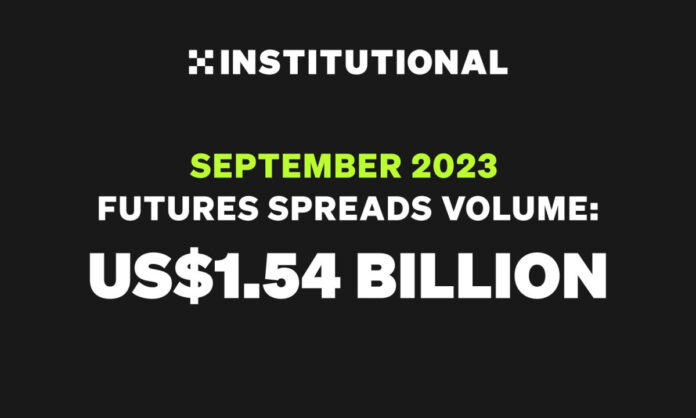Posted by Jesse Hoke, Student Researcher, and Pedram Roushan, Senior Research Scientist, Quantum AI Team
Quantum mechanics allows for phenomena that are not possible in classical mechanics. Quantum particles can exist in superpositions of states and be entangled with other particles, leading to instantaneous correlations regardless of distance. One of the most striking aspects of quantum theory is the act of measurement. Unlike in classical mechanics, a measurement on a quantum system can profoundly affect its behavior. For example, when a quantum bit (qubit) in a superposition of states is measured, its state collapses to one of the allowed states. This transition from the quantum to classical worlds is facilitated by measurement, but the exact process is still unknown.
In a system of many qubits, measurements can induce new phases of quantum information. Similar to phase transitions in materials, tuning the strength of measurements can cause a phase transition in qubit entanglement. In our recent publication in Nature, titled “Measurement-induced entanglement and teleportation on a noisy quantum processor,” we describe experimental observations of measurement-induced effects in a system of 70 qubits on our Sycamore quantum processor. This is the largest system in which such a phase transition has been observed. Additionally, we detected “quantum teleportation,” where a quantum state is transferred between qubits, even if the details of the state are unknown. This breakthrough was achieved by implementing clever techniques to better observe the effects of measurement in the system.
Background: Measurement-induced entanglement
Consider a system of qubits that start out independent and unentangled. When they interact with each other, they become entangled. This can be visualized as a web of entanglement between the qubits. As time progresses, this web grows larger and more complex, connecting distant points together. A full measurement of the system destroys this web, collapsing every entangled superposition of qubits. However, what happens when we measure only a few qubits or wait a long time between measurements? During this time, entanglement continues to grow, although the patterns in the web may not extend as far. There exists a balance between the strength of interactions and measurements, which compete to affect the complexity of the web. When interactions are strong and measurements are weak, entanglement remains robust and the web extends further. But when measurements dominate, the entanglement web is destroyed. This balance between the two extremes is known as the measurement-induced phase transition.
In our quantum processor, we observed this measurement-induced phase transition by varying the relative strengths of interactions and measurements. Interactions were induced by performing entangling operations on pairs of qubits. However, observing the web of entanglement in an experiment is challenging. We cannot directly observe the strands connecting the qubits; instead, we infer their existence through statistical correlations in the measurement outcomes. To overcome this challenge, we repeated the experiment multiple times to infer the pattern of the web. Another complication arises from the fact that the web pattern differs for each possible measurement outcome. Simply averaging all the experiments together would wash out the web’s patterns. To address this, we used a decoding protocol that compared each instance of the entanglement web to a classical simulation. By cross-correlating the measured state of a “probe” qubit with the decoded prediction, we obtained the entanglement between the probe qubit and the rest of the qubits. This served as an order parameter, representing the entanglement characteristics of the entire web.
Furthermore, we took advantage of noise in the system to differentiate between the disentangling and entangling phases. In the disentangling phase, the probe qubit is only sensitive to local noise near it, while in the entangling phase, any noise in the system can affect the probe qubit. By studying how the order parameter is affected by noise in each phase, we found that adding more qubits to the system did not affect the order parameter in the disentangling phase. This is because the web’s strands are short, and the probe qubit is only sensitive to nearby qubits’ noise. In contrast, in the entangling phase, the order parameter is affected by noise throughout the system.
Overall, our experiments on the Sycamore quantum processor provided valuable insights into measurement-induced dynamics and entanglement. By implementing innovative techniques, we were able to observe and study the effects of measurement in a large system of qubits. These findings contribute to our understanding of quantum mechanics and have potential applications in quantum information processing.
Source link





















